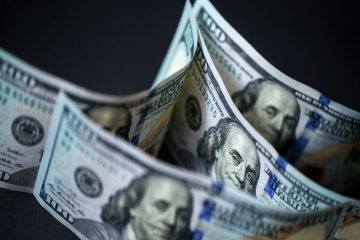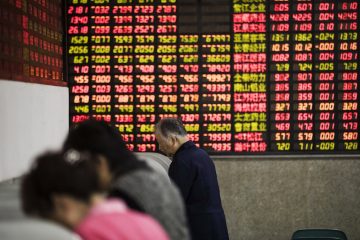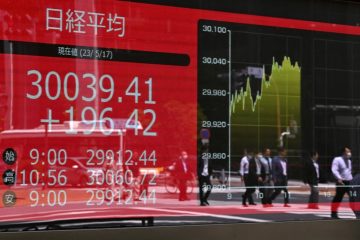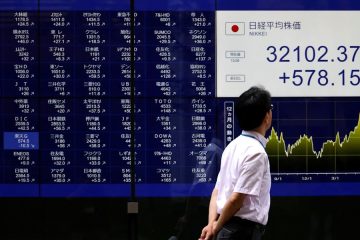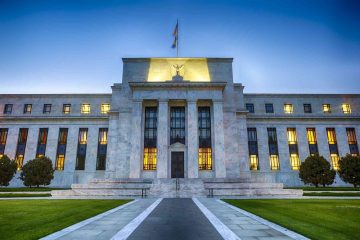| Symbol | Last | Change | % | High | Low |
|---|---|---|---|---|---|
| USD / ARS | 1,440.50 | +4.50 | +0.31% | 0.00 | 0.00 |
| Close | GMT Time : Sat Dec 13 2025 03:53 | ||||
USD/ARS : Intraday Live Chart
USD/ARS : Technical Signal Buy & Sell
| 5 Min Signal | 1 Hour Signal | 1 Day Signal |
|---|---|---|
| Buy | Buy | Buy |
USD/ARS : Moving Averages
| Period | MA 20 | MA 50 | MA 100 |
|---|---|---|---|
| 5 Minutes | 1439.93 | 1437.25 | 1437.11 |
| 1 Hour | 1437.73 | 1437.38 | 1436.55 |
| 1 Day | 1440.82 | 1436.93 | 1425.51 |
| 1 Week | 1397.50 | 1227.14 | 1010.57 |
USD/ARS : Technical Resistance Level
| Resistance 1 - R1 | Resistance 2 - R2 | Resistance 3 - r3 |
|---|---|---|
| 0.00 | 0.00 | 0.00 |
USD/ARS : Technical Support Level
| Support 1 - S1 | Support 2 - S2 | Support 3 - S3 |
|---|---|---|
| 0.00 | 0.00 | 0.00 |
USD/ARS : Periodical High, Low & Average
| Period | High Change from Last | Low Change from Last | Average Change from Last |
|---|---|---|---|
| 1 Week | 0.00 +1,440.50 | 0.00 +1,440.50 | 1,435.75 +4.75 |
| 1 Month | 1,424.50 +16.00 | 0.00 +1,440.50 | 1,430.38 +10.12 |
| 3 Month | 1,424.50 +16.00 | 0.00 +1,440.50 | 1,428.82 +11.68 |
| 6 Month | 1,424.50 +16.00 | 0.00 +1,440.50 | 1,356.89 +83.61 |
| 1 Year | 1,424.50 +16.00 | 0.00 +1,440.50 | 1,241.42 +199.08 |
USD/ARS : Historical Chart
USD to ARS Exchange Rate History: A Chronicle of Peso Devaluation and Economic Instability
The USD to ARS exchange rate reflects Argentina’s long and often tumultuous economic relationship with the U.S. dollar. This currency pair is one of the most volatile among emerging markets, influenced by Argentina’s chronic inflation, fiscal deficits, political instability, and recurrent defaults. As the Argentine peso (ARS) has steadily depreciated against the U.S. dollar, the USD/ARS exchange rate has become a critical metric for investors, businesses, and policy analysts watching Latin America.
1970s–1980s: From Pegs to Inflationary Spirals
In the early 1970s, Argentina maintained a managed peg system. However, persistent inflation due to fiscal indiscipline and political turmoil weakened the peso. By the late 1970s, inflation had spiraled into triple digits. Several currency reforms followed, including the introduction of the “peso ley” in 1970 and then the “peso argentino” in 1983, each replacing the previous currency at increasingly devalued rates.
During this time, the U.S. dollar appreciated sharply against the Argentine currency. From roughly ARS 1/USD in the early 1970s (old pesos) to over ARS 1000/USD (new peso argentino) by the end of the 1980s, the peso lost nearly all of its value against the dollar.
1990s: Convertibility Plan and Temporary Stability
In 1991, Argentina introduced the Convertibility Plan under Economy Minister Domingo Cavallo, pegging the Argentine peso 1:1 to the U.S. dollar. This brought temporary stability, taming hyperinflation and encouraging investment.
Throughout the 1990s, the USD/ARS rate held steady at 1.00. However, the rigid peg made Argentina vulnerable to external shocks and eroded competitiveness. By the end of the decade, recession, rising debt, and capital flight put the system under strain.
2000s: Default and Free Float Chaos
In late 2001, Argentina defaulted on its debt and abandoned the currency peg in early 2002. The peso immediately devalued, and USD/ARS surged from 1.00 to 3.00 within months. Inflation returned, and public trust in the financial system plummeted.
Despite recovery in exports due to a cheaper peso, chronic inflation persisted. The Argentine government introduced capital controls in 2011, creating a gap between the official and unofficial (“blue”) USD/ARS rates. The official rate remained managed, while the blue dollar reflected real market sentiment, often trading at double the official rate.
2010s: Currency Controls and Crisis Cycles
The 2010s were marked by alternating periods of tightening and loosening capital controls. Under President Mauricio Macri (2015–2019), controls were lifted, and the peso floated more freely. However, investor optimism was short-lived.
In 2018, a currency crisis triggered a steep depreciation, and USD/ARS soared from 20 to over 60 by late 2019. The IMF provided a $57 billion bailout—the largest in its history—but with limited success. Inflation remained above 40% annually.
By the end of the decade, capital controls returned, and the gap between the official and parallel rates widened again. The peso’s volatility and depreciation continued to intensify.
2020–2024: Pandemic, Hyperinflation, and Policy Failures
The COVID-19 pandemic exacerbated Argentina’s economic troubles. The government printed money to fund stimulus, triggering another wave of inflation. The official USD/ARS rate rose from ~60 in early 2020 to over 200 by 2023, while the blue dollar surged beyond 400.
Annual inflation exceeded 100% by 2023—among the highest in the world. Policy responses remained fragmented, with multiple exchange rates, capital controls, and import restrictions distorting the market.
By early 2024, the newly elected government under President Javier Milei began implementing radical libertarian reforms, including talk of dollarization. Although structural reforms were underway, trust in the peso remained low. As of April 2025, the official USD/ARS rate hovers above 850, while the blue dollar trades over 1000, reflecting continued inflation pressure and limited dollar access for citizens.
✅ Key:
🟢 = Argentine peso appreciated vs USD
❌ = Argentine peso depreciated vs USD
⚠️ = Minimal change / Pegged or range-bound
📊 USD to ARS Exchange Rate by Decade
| Decade | Avg. USD/ARS Rate (Approx) | Change vs. Previous Decade | Key Events |
|---|---|---|---|
| 1970s | 1 → 100 (old pesos) | ❌ -99% ARS depreciation | High inflation, currency reform |
| 1980s | 100 → 1000 | ❌ -90% ARS depreciation | Peso argentino introduced, hyperinflation |
| 1990s | 1.00 (convertibility peg) | ⚠️ Pegged/Stable | 1:1 dollar peg, inflation control, rising debt |
| 2000s | 1.00 → 3.50 | ❌ -70% ARS depreciation | Peg collapse, default, return to floating rate |
| 2010s | 3.50 → 60.00 | ❌ -94% ARS depreciation | Capital controls, IMF bailout, currency crisis |
| 2020s (till 2025) | 60.00 → 850.00 | ❌ -98% ARS depreciation | Hyperinflation, dollarization debate, Milei reforms |
USD/ARS - US Dollar / Argentine Peso Currency Rate
Live Price of USD/ARS. USD/ARS Live Chart, Intraday & Historical Live Chart, Buy Sell Signal, USD/ARS News, USD/ARS Averages, Returns & Historical Data
» USD/ARS
» USD/ARS Real Time Quotes
» USD/ARS Live Chart
» USD/ARS Intraday Chart
» USD/ARS Historical Chart
» USD/ARS Buy Sell Signal
» USD/ARS News
» USD/ARS Videos
» USD/ARS Averages
» USD/ARS Currency Pair
» USD/ARS Historical Data

